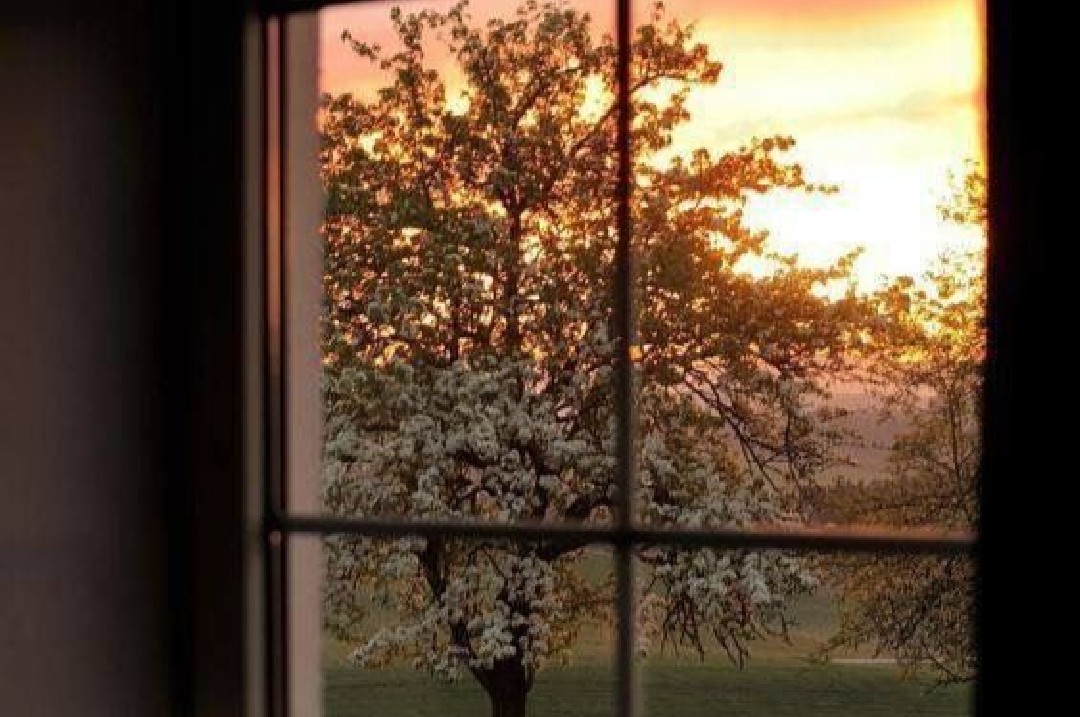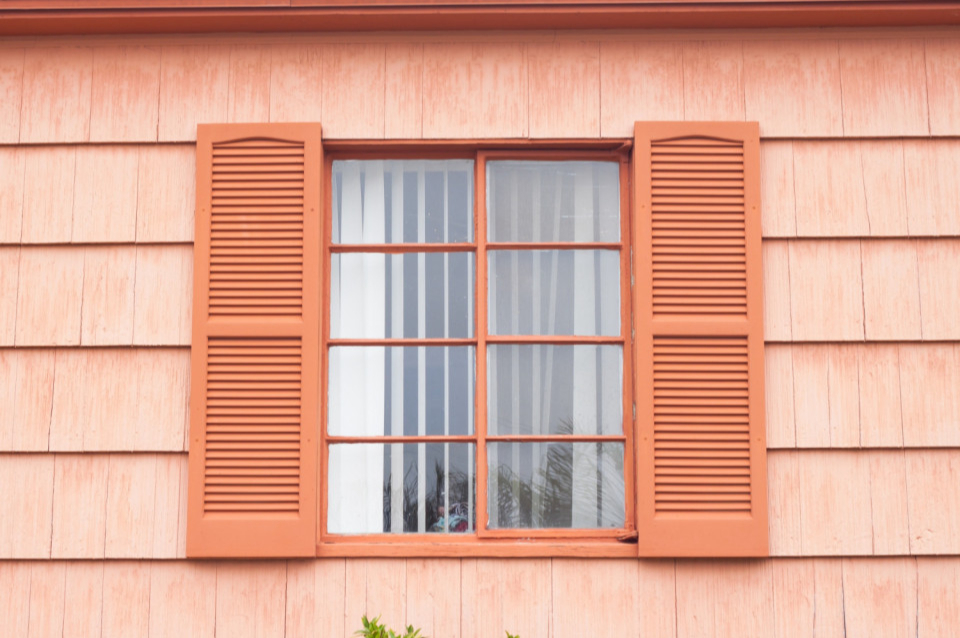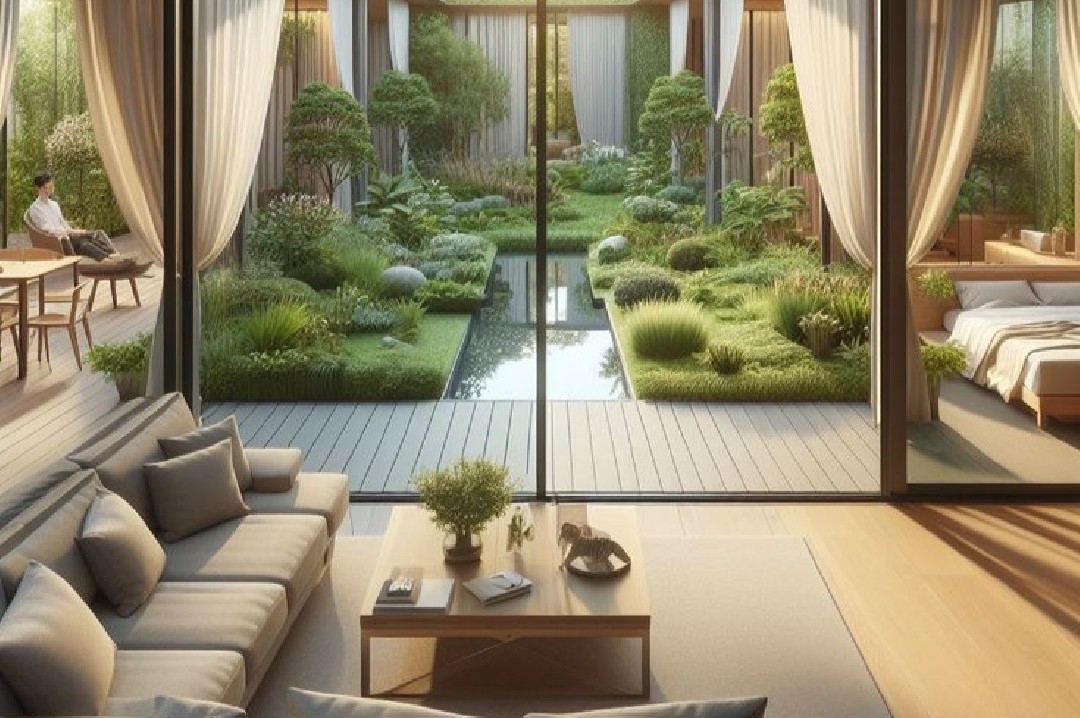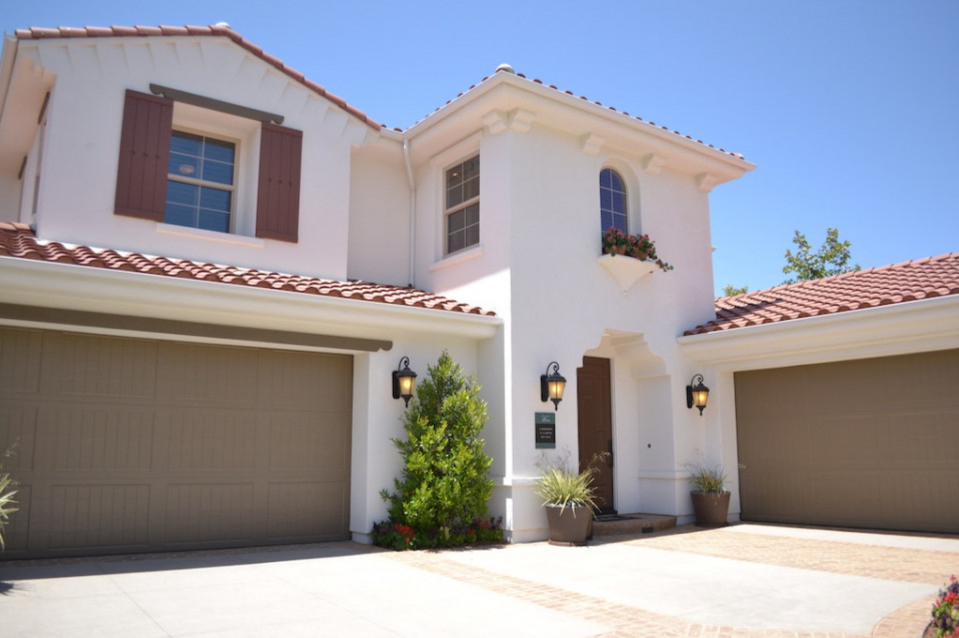Understanding the Different Types of Glass for Windows: Which is the Best?
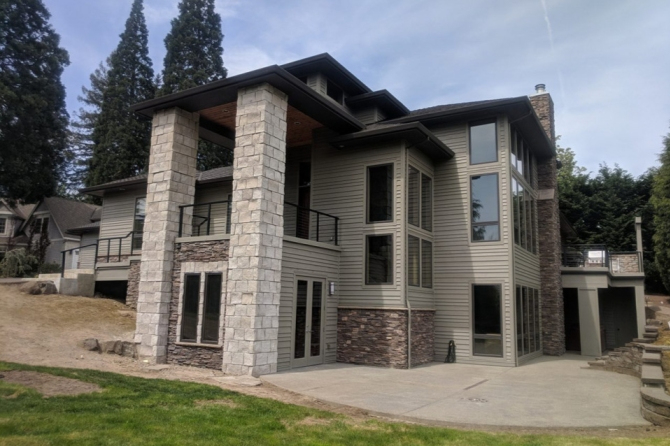
Windows recreate a integral position in every home, furnishing light, ventilation, and safeguard from the elements. When it comes to choosing new windows, one of the most important decisions you'll need to make is selecting the type of glass that will be used. With so many options available, it can be difficult to know which is the best choice for your needs. We'll provide an overview of the different types of glass for windows and help you understand their advantages and disadvantages.
Different type of window glass
1. Float Glass

source : glassonline.com
Float glass is the most familiar sort of glass utilized for windows. It is assembled by floating molten glass over a bed of molten tin. This strategy results in a smooth and invariant surface on both sides of the glass. Float glass is affordable and widely available, making it a famous choice for many homeowners. It is also easy to cut, making it an ideal option for custom-shaped windows.
2. Tempered Glass

source : mikemyers.co.uk
Tempered glass is a sort of safety glass that is four times more powerful than regular float glass. It is constructed by heating float glass to a high temperature and then swiftly chilling it. This strategy completes a substantial outer layer that is more invulnerable to impact and shattering. Tempered glass is typically utilized in zones where safety is a concern, such as shower doors, patio doors, and skylights. If tempered glass does shatter, it will crack into small, dull pieces that are less likely to cause injury.
3. Laminated Glass

source : olivecocomag.com
Laminated glass is another sort of safety glass that is assembled by sandwiching a coating of polyvinyl butyral (PVB) between two or more coatings of float glass. When shattered, the PVB layer harbors the glass fragments jointly, preventing them from scattering and potentially causing injury. Laminated glass is commonly used in areas where security is a concern, such as storefronts, banks, and government buildings. It is also effective at reducing noise transmission and blocking UV rays.
4. Insulated Glass

source : siliconsealant.en.made-in-china.com
Insulated glass, also comprehended as double-glazed or double-pane glass, consists of two or more panes of glass separated by an air or gas-filled space. The space between the panes acts as an insulator, reducing the transfer of heat and cold through the window. This can help to lower energy costs and improve the overall energy efficiency of a building. Insulated glass is also effective at reducing noise transmission and blocking UV rays.
5. Low-E Glass

source : builderonline.com
Low-emissivity (Low-E) glass is a sort of insulated glass that has a delicate, transparent coating applied to one or more of its surfaces. The coating mirrors heat back to its source, preserving the interior of the building warm in the winter and cool in the summer. Low-E glass is favorably energy-efficient and can significantly reduce energy costs. It also helps to block harmful UV rays, which can fade furniture and carpets.
6. Tinted Glass

source : zameen.com
Tinted glass is a sort of glass that has a colored or reflective coating spread to its surface. It is typically utilized in locations where glare and heat gain are a problem, such as in hot climates or in buildings with large windows. Tinted glass can assist to decrease the amount of heat and UV rays that penetrate a building, which can assist to lower energy costs and shield interior furnishings from fading. Nevertheless, tinted glass can also reduce the amount of natural light that enters a building, which can make it feel darker and less inviting.
So, which type of glass is the best for your windows? The answer relies on your precise requirements and preferences. If safety is a immediate concern, then tempered or laminated glass may be the best choice. If you are looking to improve energy efficiency, then insulated or low-E glass may be the way to go. If you are looking to reduce glare and heat gain, then tinted glass may be the best option.
It is also necessary to evaluate aspects such as cost, aesthetic preferences, and the area of the building when choosing the proper kind of glass for your windows. For instance, if your building is encountered in a hot climate, then tinted glass may be a more cost-effective alternative than installing air conditioning units. On the other side, if your building is encountered in a cold climate, then insulated glass may be the most useful way to lessen heating costs.
It is also worth noting that many types of glass can be combined to create a hybrid solution that meets multiple needs. For instance, you can merge tempered glass with low-E coatings to assemble a window that is both energy-efficient and safe. Likewise, you can converge insulated glass with a tinted coating to reduce heat gain while still allowing natural light to enter the building. You can contact a professional such as Lifetime Exteriors for all of your window glass replacement needs in Portland.

